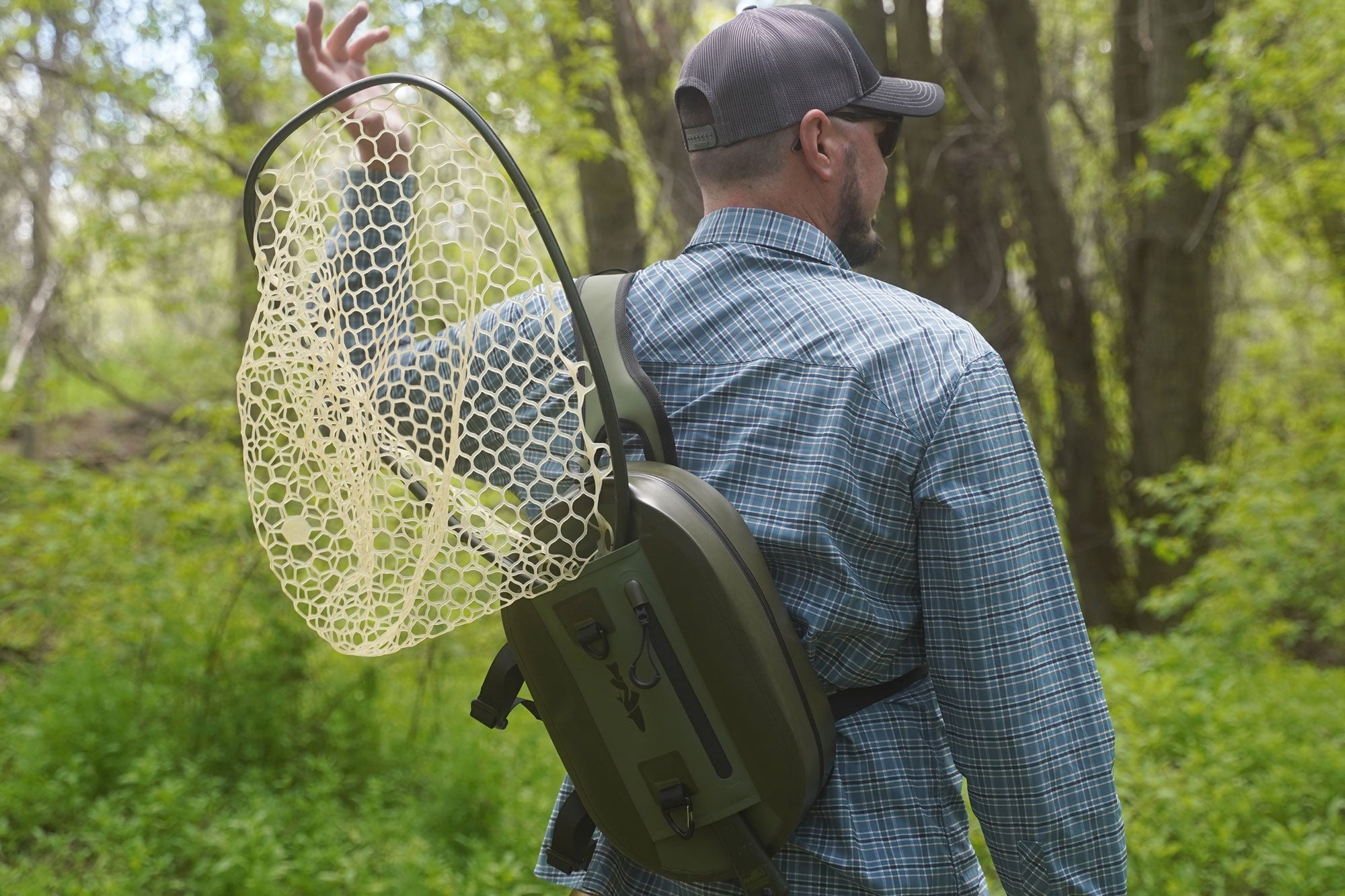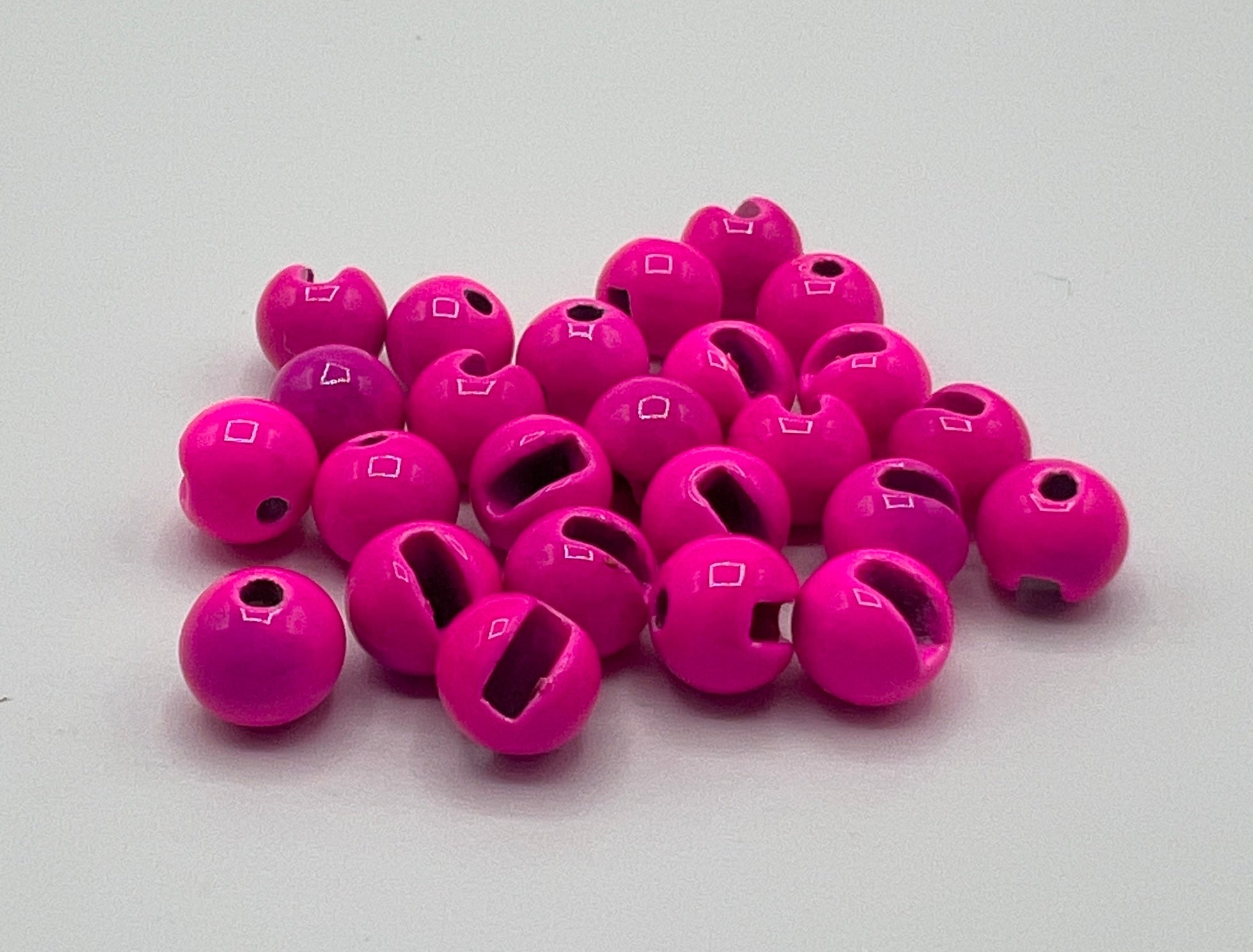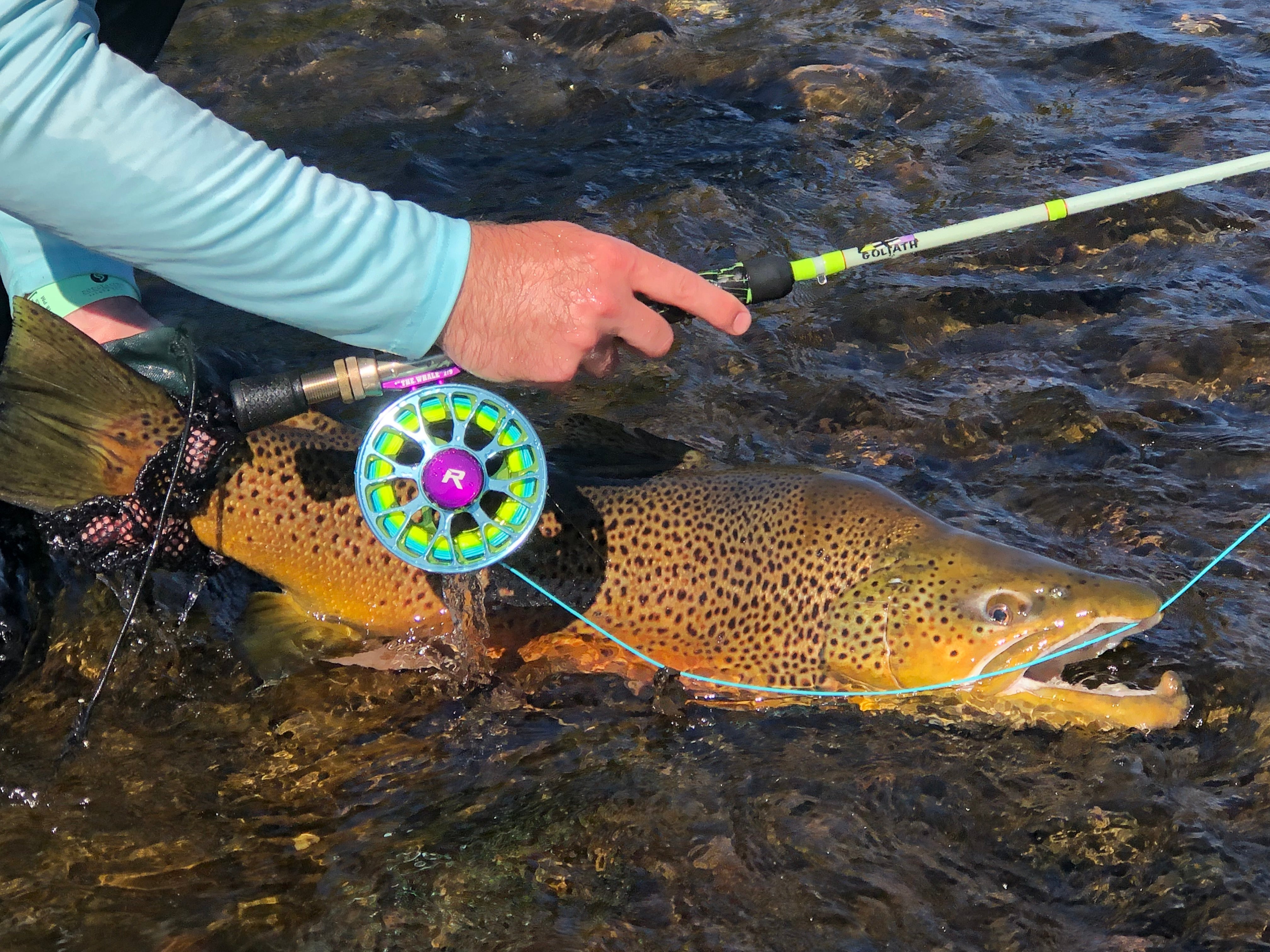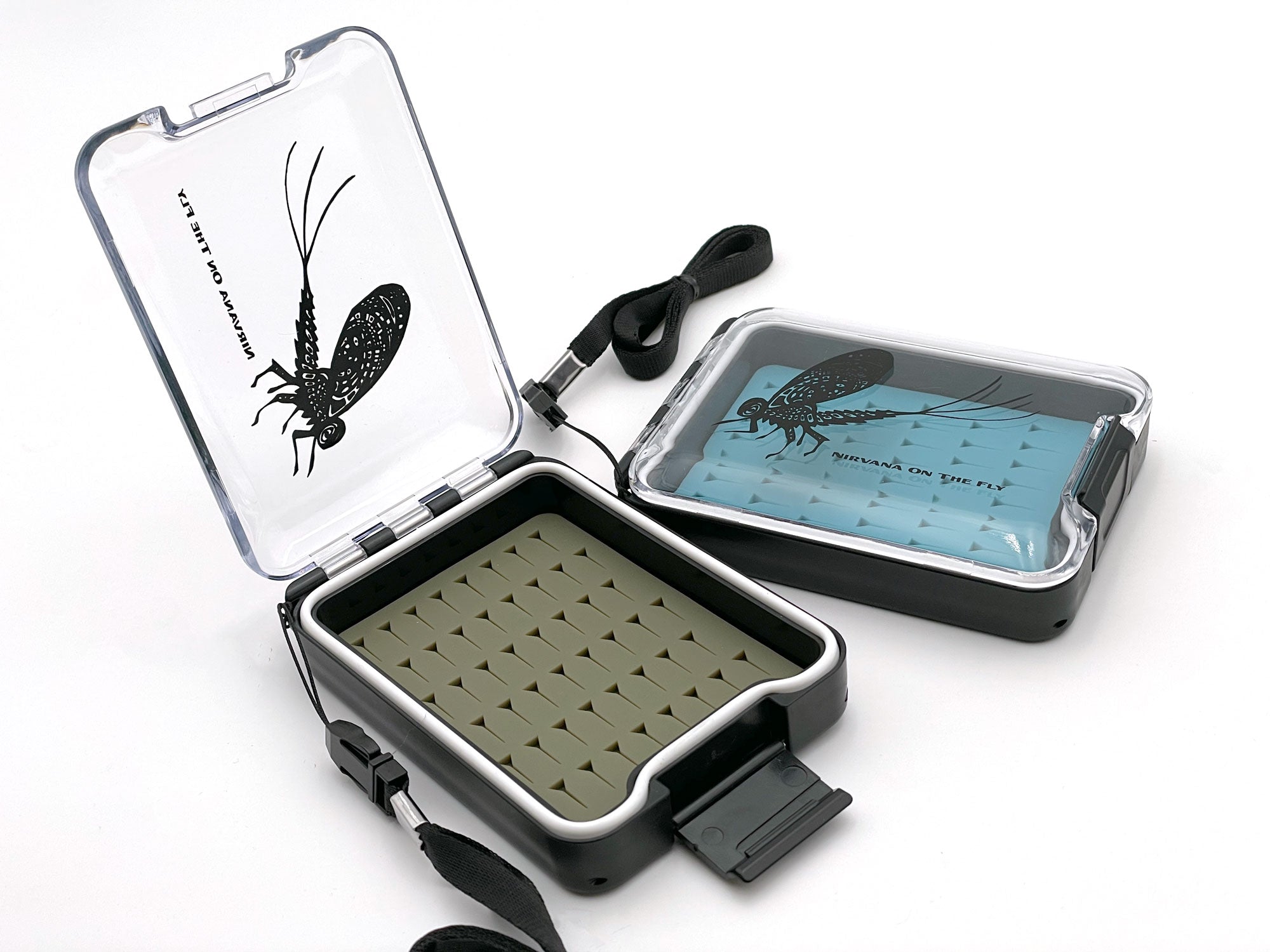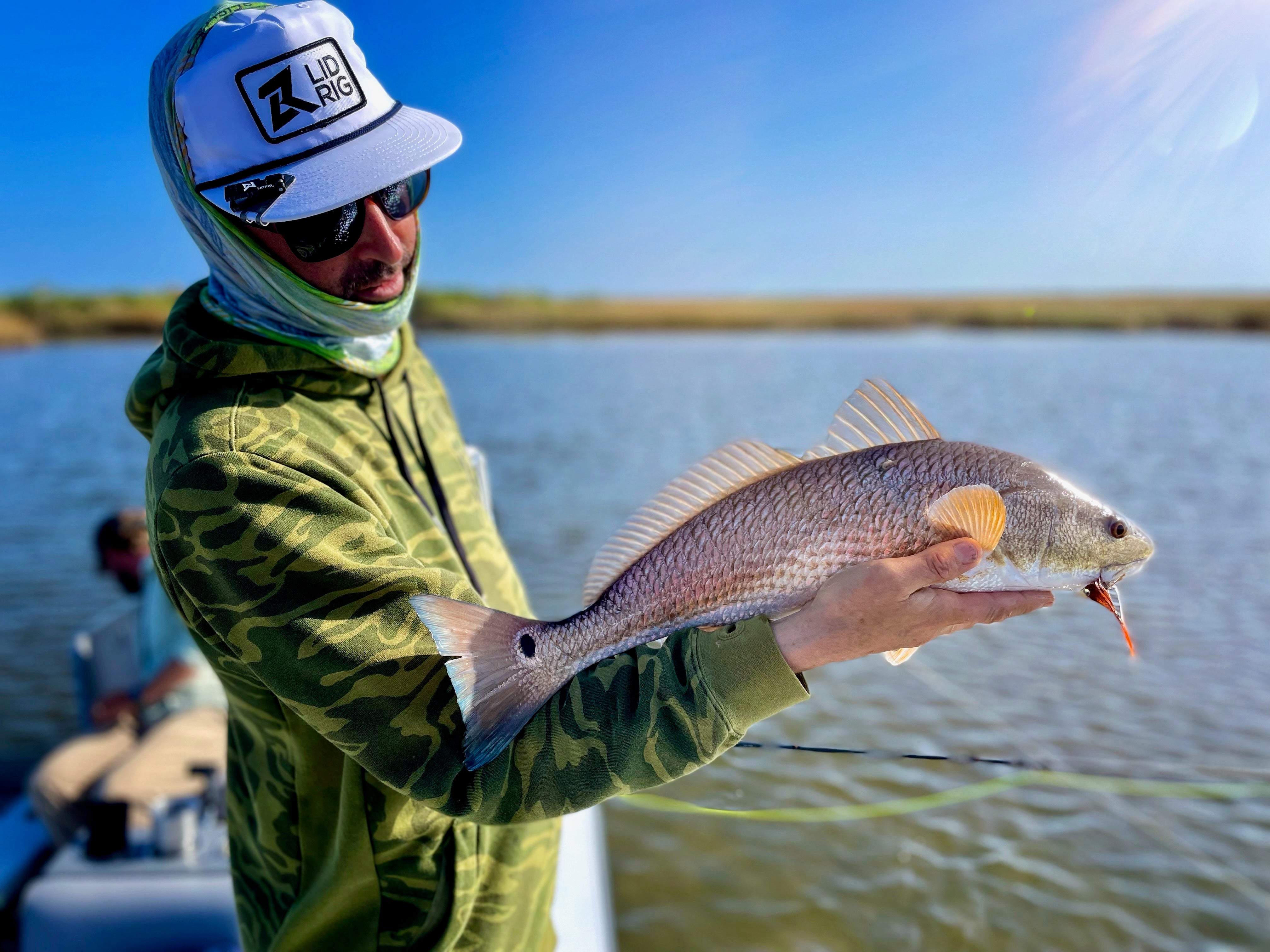Fly fishing enthusiasts often seek ways to enhance their fly-tying skills, tying nymph patterns for your fly box is particularly a good way. While there's room for creative liberty, certain adjustments can significantly improve the efficacy and appearance of your flies. What I love most is that when tying you start to understand the various points of entomology that are important and why they make flies look the way they do. Here, I delve into some expert tips that focus on things like tails, epoxy, head, nymph body, collars, etc. to create more effective nymph fly patterns for your tying sessions and boxes.
Proportion and Consistency
When tying nymphs the two most overlooked items are proportion and consistency. First, it is key to understand what the proportions of a fly are expected to be. How long is the tail, is the thorax long, short, fat, thin, etc? What is the body like, are there subtleties I need to be aware of? All of these questions and measurements should be asked and made prior to building the fly. This way the proportions are correct. Next, you make an effort to ensure that each fly is measured the same and tied the same so you have consistent proportioning and size. One way to accomplish this is to buy one fly and use that as a pattern for the rest. Another is to make measurements so materials against the hook or count thread wraps so you know they are all the same. Working on this can take a long time but doing this will set you apart from the group of novice tiers.
Tail Modification for Realistic Nymph Pattern Appearance
A critical aspect of nymph flies is the tail. To achieve a more natural spread of the tail fibers, you can wrap a thread underneath them and then go back to the shank of the hook. Doing this will get the tails to split and lift a bit. Ideally, the tail length should be about 1 to 1.5 times the length of the body. This proportion not only gives a more realistic appearance but also maintains a balance in the fly’s overall profile. Learning fly proportions is critical at the start so don’t be afraid to read a book like Charlie Craven's Basic Fly Tying: Modern Techniques for Flies That Catch Fish. Charlie is an absolute master of tying and has numerous patterns used around the globe.
Epoxy Application for Durable Nymph Patterns
The use of epoxy can greatly enhance the durability of your nymph flies. For a more refined look, spread the epoxy evenly. Tools like a clean bodkin or an application brush are useful for this purpose. Additionally, using a rotary vise can help you spot and smooth out uneven areas in the epoxy application.
TIP: Competitive anglers have the saying “Thin to win!” When expressed this means a thin fly will sink faster than a thick or hairy/buggy fly and get deeper faster. Because of the importance of achieving depth, this is a critical aspect to consider when fly tying.
Crafting Nymph Bodies
A more 'buggy' look for nymph bodies can be achieved by creating a tapered body with fibrous dubbing. Start at the rear and wrap the thread in touching turns, gradually tapering up and in sections. If you're using thread as the body material, smoothen it out between intersections with additional wraps. This technique creates a subtle, stepped appearance, which can be further enhanced with dubbing, floss, etc.
TIP: I like the quality and process of picking materials from Trident Fly Fishing. They have excellent service and you can leave notes on your orders to help them pick good material selections for you.
Collar Techniques for Nymph Patterns
When tying collars it is important to watch just how much dubbing you use. Often it is common for tyers to apply more than what is needed. Don’t fall accustomed to this over-dubbing technique. Instead, apply a minor amount to your thread to create a thin and tight dubbing noodle and apply that as a collar. Don’t be afraid to take some of the noodles off if you can see that the collar is getting too large.
TIP: When applying dubbing and building a noodle an excellent trick for learning proper technique is to pick a piece you think is the correct size of dubbing and hold it in the air. Drop the dubbing and look for it to float downward. If it falls it is too much so thin it out. Once the right amount is achieved apply it to your thread.
Durable Nymph Patterns That Last
When tying flies a consideration should always be durability. How durable will a fly be and how that can be improved by you is what should be in your mindset. Items like wire, super glue, and epoxy can be used to increase durability. Having a durable fly means it won’t fall apart from UV, bottom abrasion, fish teeth, and forceps. More durability not only means less tying but fewer fly changes when the fish are eating.
Continuous Improvement and Learning Resources
Practice and continuous learning are key to mastering fly-tying. Online resources, like tutorials from Davie McPhail and Fly Fish Food on YouTube, offer valuable insights and techniques. Pay attention to details like the bulkiness of the fly, which can be caused by excessive thread wraps rather than the wire itself. Evaluate the amount of securing thread wraps you use and consider the types of thread and wire for optimal results.
Remember, these tips are meant to refine your fly tying skills and enhance the appearance of your nymph flies. However, they are not the only factors that determine a successful catch. Keep practicing, stay informed, and enjoy the art of fly tying as part of your fly fishing experience. Lastly, save some money because you’ll spend more than you think ;-)
Like this article? If you want more like it you would enjoy the Beginner Angler Guide I wrote and find it quite informative.
***Do you want to get deals on equipment, fly fishing trips, and lots of information? Become a member of the Loyalty Club on the Fly Fishing Insider Podcast.

By Christian Bacasa
Host of the Fly Fishing Insider Podcast
Fly Fishing Insider Podcast Official Website
Instagram Fly Fishing Insider Podcast
Instagram Dupeafish
Facebook
Pinterest
Twitter
LinkedIn
Tumblr


